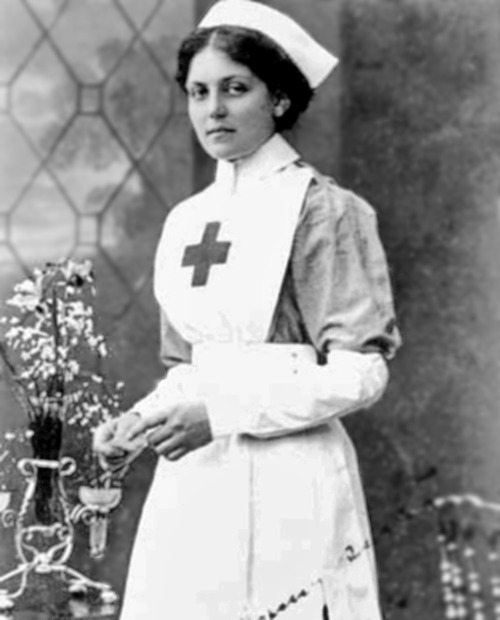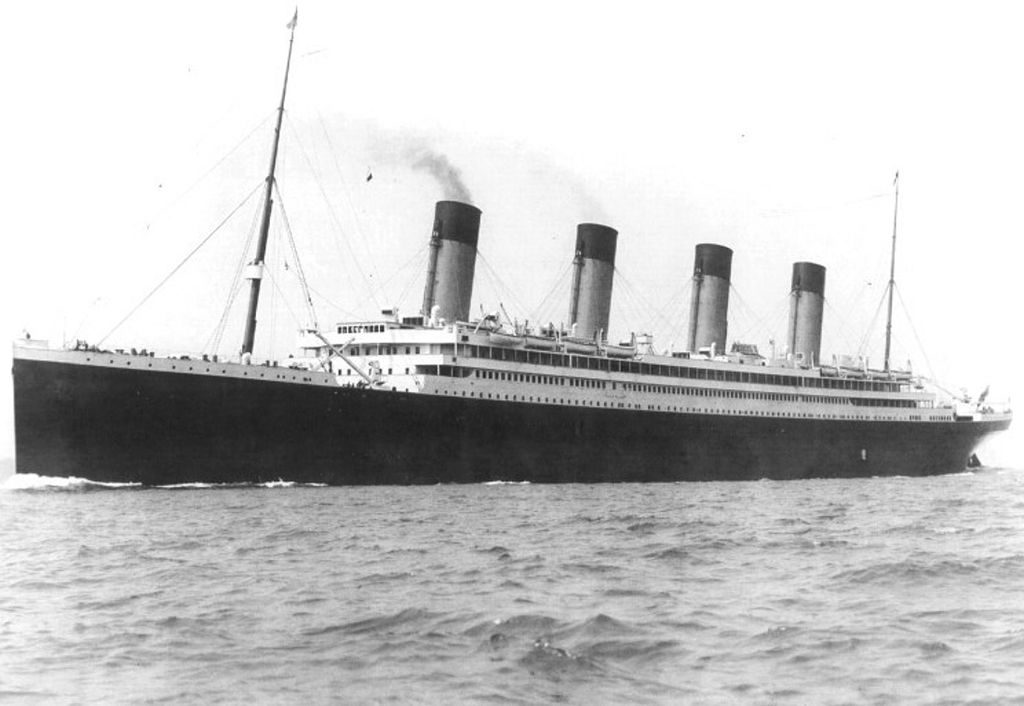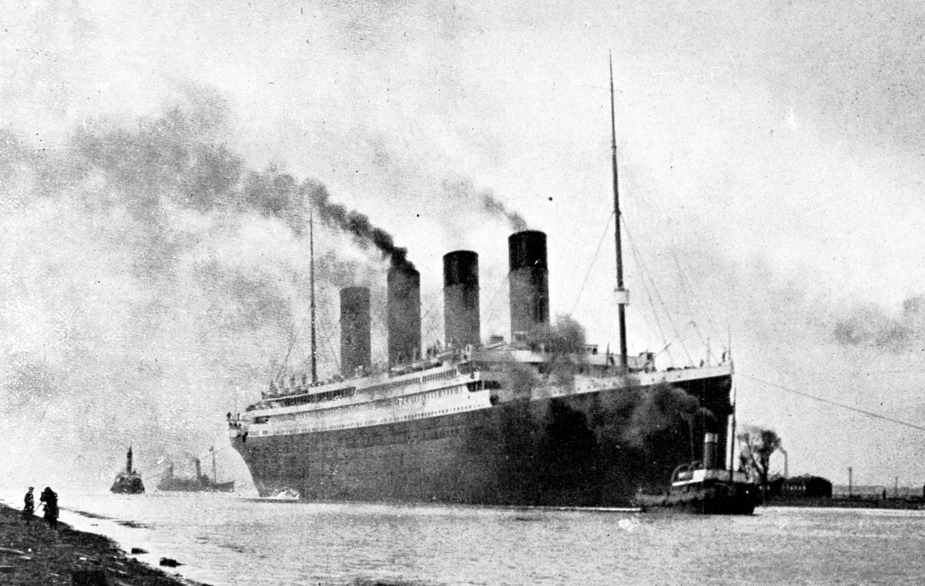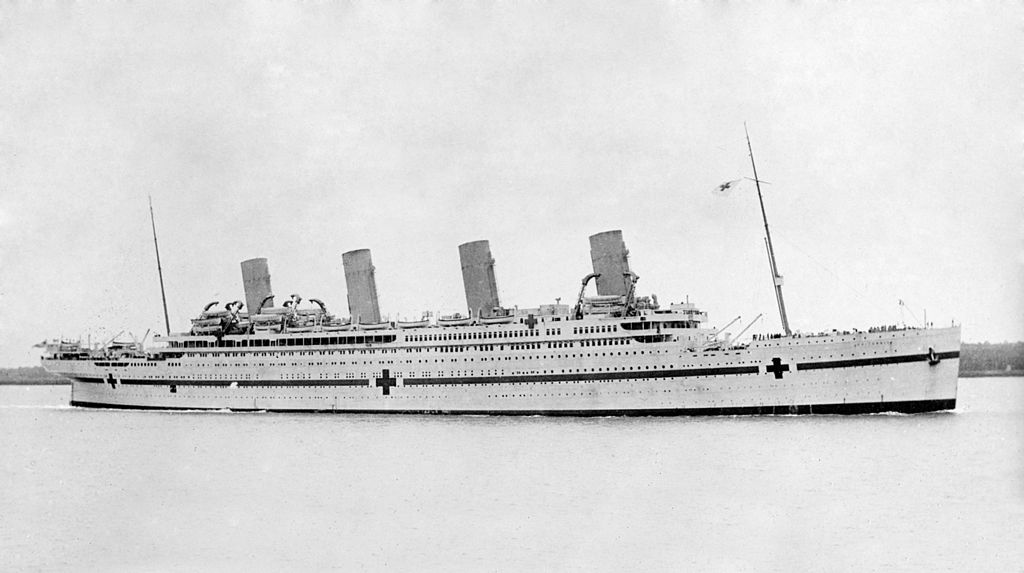Violet Jessop was one lucky individual. Jessop (b. 1887 – d. 1971) was an Irish-Argentine stewardess and nurse who survived not only one, not even two, but three shipwrecks. Because of her amazing close shaves from some of the most catastrophic disasters in maritime history, historians usually call her the “world’s most unsinkable woman.”
Early life and career
She was born Violet Constance Jessop on October 2, 1887, in Argentina, the eldest child of Irish immigrants. Jessop was also one of the six surviving children out of nine.
It seemed that death waited for no man, but it did for Jessop – even from an early age. When she was a child, she became very ill, which turned out to be a severe case of tuberculosis. It was supposed to end her life early, but fate had other plans.
Jessop lost her father when she was sixteen. The family tragedy left her to care for her sister while her mother was at sea, working as a stewardess. Soon, though, her mother fell ill. Jessop followed her mother’s footsteps and applied for the job of stewardess with the Royal Mail Lines. However, she was told that she was too young and pretty to get hired. So she had to dress down and make herself less attractive – and this time around, she got the job.
Jessop was 21 years old at that time when she had her first voyage, working as a stewardess for the Royal Mail Line vessel Orinoco in 1908.
First disaster – the RMS Olympic
In 1911, Jessop got a job aboard the White Star luxury vessel RMS Olympic. Things seem to be going swimmingly well until the ship rammed into the British warship HMS Hawke on September 20, 1911. Neither ship sank, and both ships were able to make it to the port even with the damage sustained from the crash. As you might have guessed, there were no fatalities. But it was still a harrowing experience, especially for the 24-year-old Jessop who, later in her life never chose to mention this incident in her memoirs.
Life returned to normal. Perhaps even Jessop herself would have thought she couldn’t possibly have to worry about another ship disaster.
Second disaster – the RMS Titanic
At the time of the launch of the passenger ship RMS Titanic, it was the largest ship afloat at the time she began service. She had been heralded as “The Ship of Dreams,” “The Ship That Ten-Thousand Irishmen Built,” and the most tragically ironic, “The Unsinkable Ship.”
Only a few months after the Olympic crash, Jessop boarded the Titanic on its maiden voyage from Southampton, England, to New York City, USA, on April 10, 1912. Five days later, Titanic hit an iceberg – within two hours and 40 minutes, it plunged into the depths of the Atlantic Ocean.
A devout Catholic, Jessop had just finished reciting a Hebrew prayer meant to serve as her protection from fire and water when Titanic struck an iceberg.
Thanks to the “women and children first” rule, Jessop was ordered into “Lifeboat 16.” As the boat was lowered amidst the chaos, one of the ship’s officers thrust a stranger’s baby into her arms. Luckily, Jessop and the other survivors were rescued by the RMS Carpathia the following morning.
According to Jessop’s memoirs, while she and the other survivors were aboard Carpathia, a woman snatched the baby she was holding. Then she dashed off without uttering a word. We can safely assume that the woman was the baby’s mother – hopefully.
Titanic‘s disaster resulted in the deaths of around 1,500 people, becoming one of the deadliest peacetime disasters in maritime history.
Third disaster – the HMHS Britannic
One near-sinking of a ship and one complete sinking of another – and Jessop survived them both. When she probably thought the worst was all behind her, she found herself again in the path towards another disaster.
Four years after the sinking of the Titanic, World War I had erupted and was at its raging point at that time. In 1916, Jessop found herself working as a stewardess and nurse for the British Red Cross. She was now aboard another White Star liner HMHS Britannic. The ship initially launched as a passenger liner before later being repurposed as a hospital ship during the war.
On the morning of November 21, 1916, an unexplained explosion (or Jessop’s curse?) hit the unfortunate ship. Within 55 minutes, Britannic finally plunged into the depths of the Aegean Sea. Only 30 out of the 1,066 passengers survived – and one of the survivors was, of course, Jessop.
Jessop had the closest brush with death when she and other passengers were nearly killed by the propeller blades that were sucking lifeboats under the stem. Jessop had to leap out of the boat, and her head hit the keel of the ship. It resulted in a traumatic head injury, which doctors diagnosed many years later (and which had caused her many headaches).
Later years
Any maritime disaster – let alone three disasters – could have left anyone scarred for life. However, Jessop remained undeterred, and went on to work for larger ships such as those from the Red Star Line and Royal Mail Line, as if nothing happened. Life just went on for her. She had a brief marriage, which she rarely spoke about. In 1950, she retired to Great Ashfield, a village in Suffolk.
Jessop died of natural causes on May 5, 1971, aged 83.
During her retirement years, Jessop received a phone call late at night from someone who asked if she was the Violet Jessop who had saved the baby from the Titanic – a story she had never told to a single soul. She replied, “Yes,” and the caller said, “I was that baby,” laughed, and hung up.
Whether it was a prank caller or it was the actual Titanic baby she saved, she would never know. We would never know. But one thing is for sure – even years after her death, Jessop’s life was undoubtedly punctuated with adventures – and misadventures – that made her as the “World’s Most Unsinkable Woman.”




